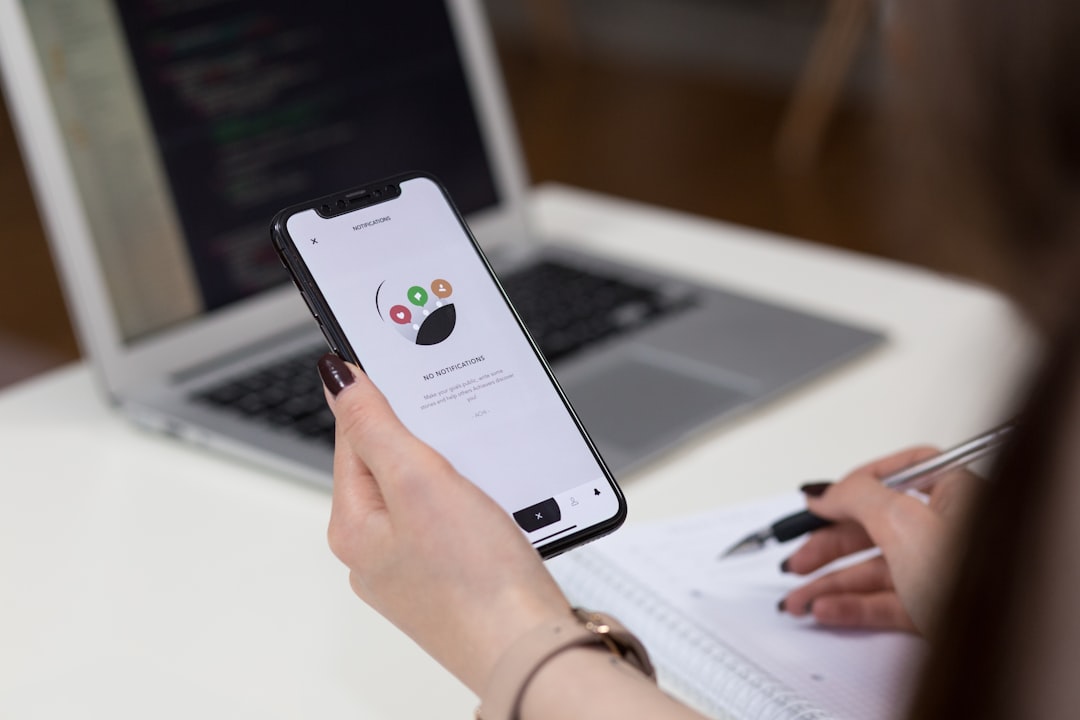In medical settings, clear communication is vital to accurate diagnosis, effective treatment, and compassionate care. For patients who are deaf or hard of hearing, hospitals must ensure equitable access to information. This is where sign language interpreters play a critical role. Their presence helps bridge the communication gap between healthcare providers and patients, ensuring that medical conversations are understood and informed consent is truly informed.
Hospitals increasingly recognize the importance of providing qualified sign language interpreters. These professionals not only facilitate communication but also help reduce the risk of medical errors and improve patient satisfaction. Without access to an interpreter, patients may rely on family members to translate sensitive health information. This can lead to miscommunication and hinder the patient’s autonomy in making medical decisions.
The role of a sign language interpreter for hospitals extends beyond translating words. Interpreters convey tone, emotion, and meaning, which are all essential in high-stress healthcare environments. They are trained to understand medical terminology and can accurately interpret complex information for the patient. This allows healthcare professionals to focus on delivering care without worrying about potential misunderstandings.
In emergency settings, time is of the essence. Having access to qualified interpreters—whether in person or through virtual platforms—can be life-saving. Hospitals that incorporate interpreting services into their routine operations are better equipped to handle a diverse patient population. These services also demonstrate a commitment to inclusivity and accessibility, values that are increasingly important in modern healthcare.
To meet this growing need, many healthcare organizations partner with communication service providers who specialize in interpretation for medical environments. These providers often offer a wide range of language services, including American Sign Language interpretation tailored specifically for hospital settings. For more information on how to integrate these services into your facility, visit the official site for communication solutions.
Providing sign language interpretation is not just about regulatory compliance or ticking off accessibility boxes. It’s about treating every patient with respect and dignity. By ensuring that deaf and hard of hearing individuals receive the same quality of care as other patients, hospitals can foster a more inclusive and effective healthcare system.









